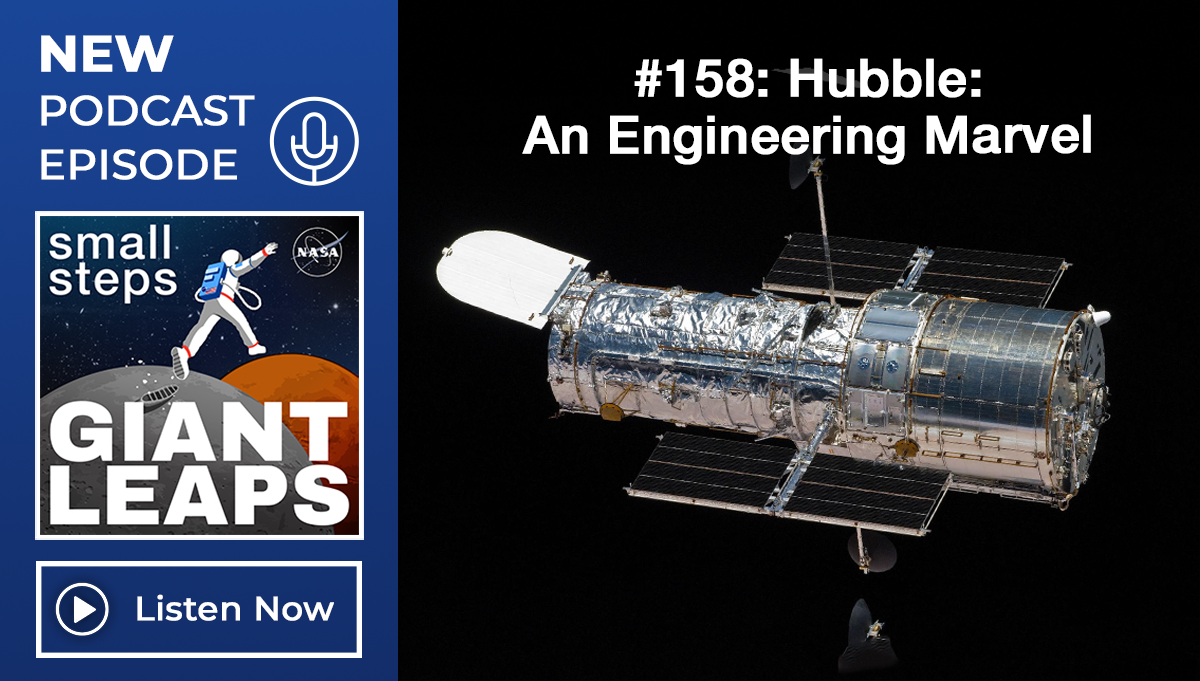By Christie Dowling, Alexandra Gerbasi, and Vic Gulas The energy of outstanding performers can be measured. It’s no surprise that success in project-based organizations is driven by how well project teams perform. The quality of performance depends not only on the demands of the project but on the team makeup and dynamics.
ASK Magazine
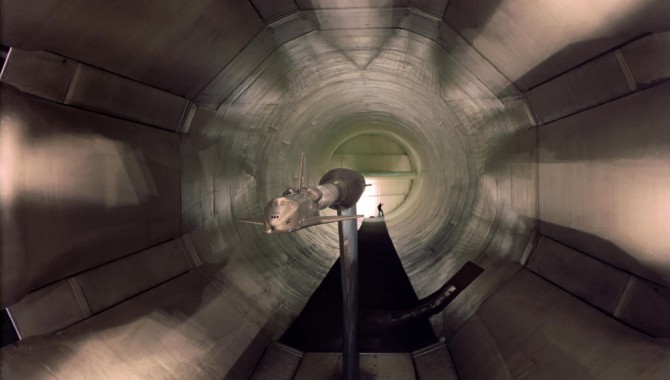
By Jim Hodges On April 12, 1981, they sat in the Reid Conference Center at Langley Research Center and watched the first Space Shuttle launch on television, just like everybody else.
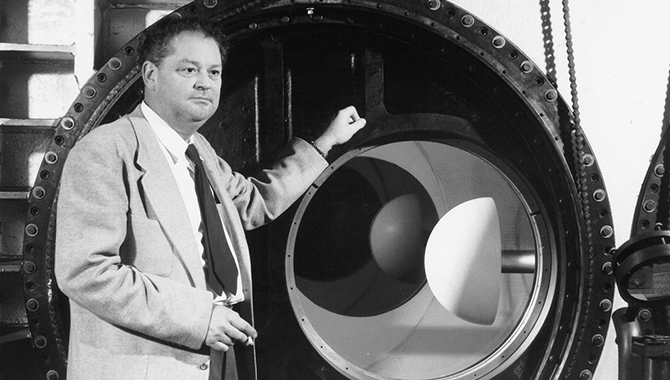
In 1944, I went to Virginia Tech to get my bachelor’s degree in aeronautical engineering. In those days, we finished college in three years because the war was on, which was nice because you got in and out pretty fast.
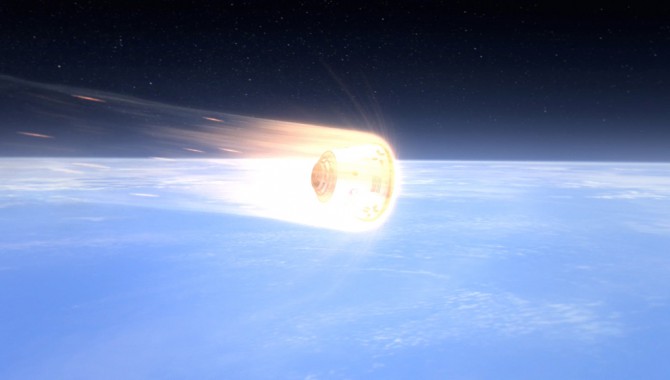
By Andrew Chambers and Dan Rasky NASA is committed to working with private industry to develop the next generation of space-transportation technologies.
By Kent A. Greenes Faced with challenging projects, teams call on colleagues with relevant experience. Knowledge workers in NASA work on the edge, carrying out complex projects that have never before been attempted.
By Matthew Kohut The former shuttle program manager talks about career-long learning and what the Columbia accident taught the agency. Former Space Shuttle Program Manager Wayne Hale’s career roughly paralleled the life cycle of the Space Shuttle program.
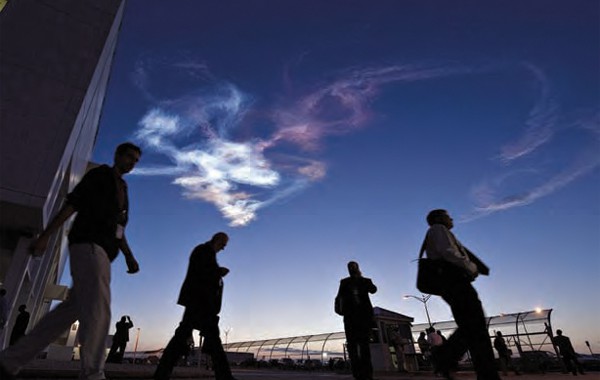
Contrails are seen as workers leave the Launch Control Center at Kennedy Space Center after the launch of Space Shuttle Discovery and the start of the STS-131 mission. After its nearly thirty-year history of human spaceflight achievements, the Space Shuttle is nearing its final planned launch. Photo Credit: NASA/Bill Ingalls
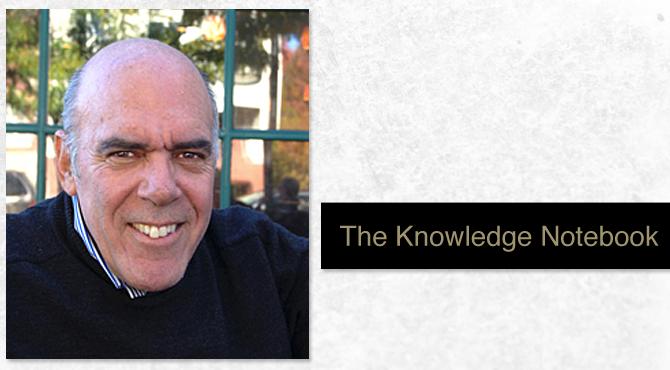
By Laurence Prusak A number of years ago I was asked by some clients to come up with a rapid-fire indicator to determine whether a specific organization was really a “learning organization.”




